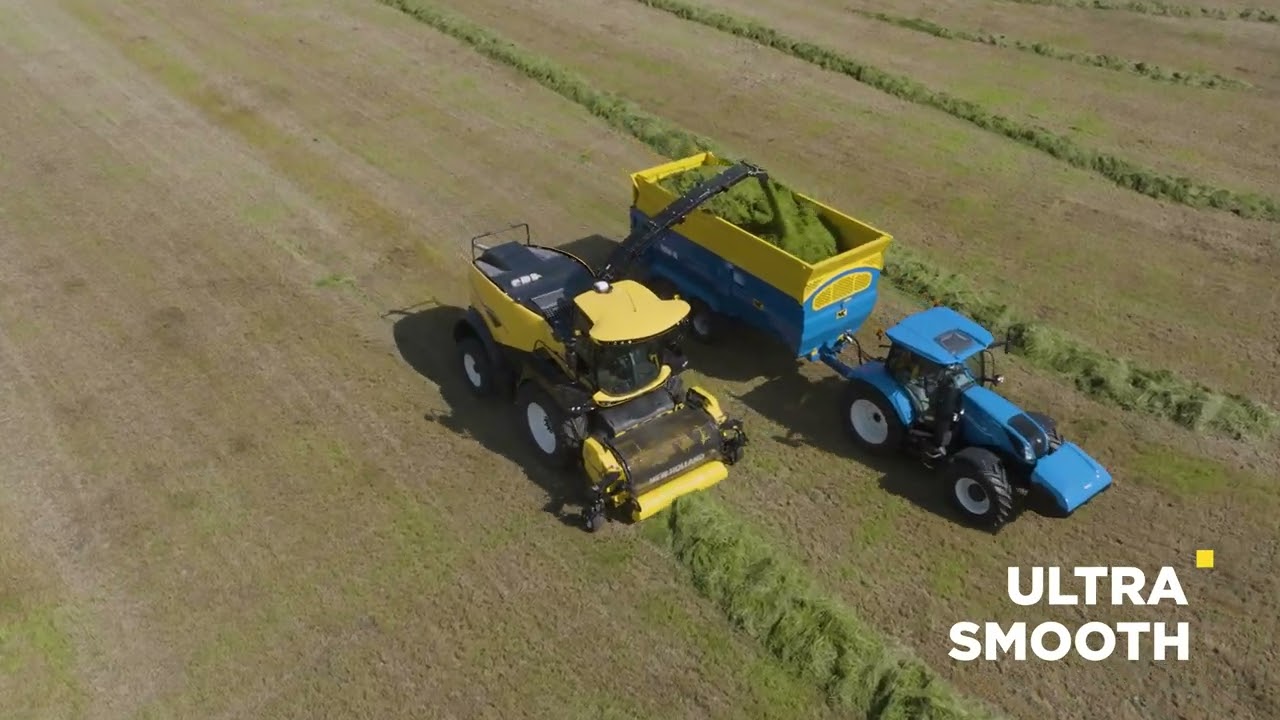MYCNHSTORE
Power your performance with 24/7/365 access to parts. Fast. Easy. Convenient.
GO TO THE STORE





New Holland offers an extensive range of parts built specifically for your machines, to satisfy all your needs and for your machines to always perform to their best.
SEE PARTS CATALOGOur goal is simple: To provide the support you need to keep your equipment working for you.
SEE NEW HOLLAND SERVICES